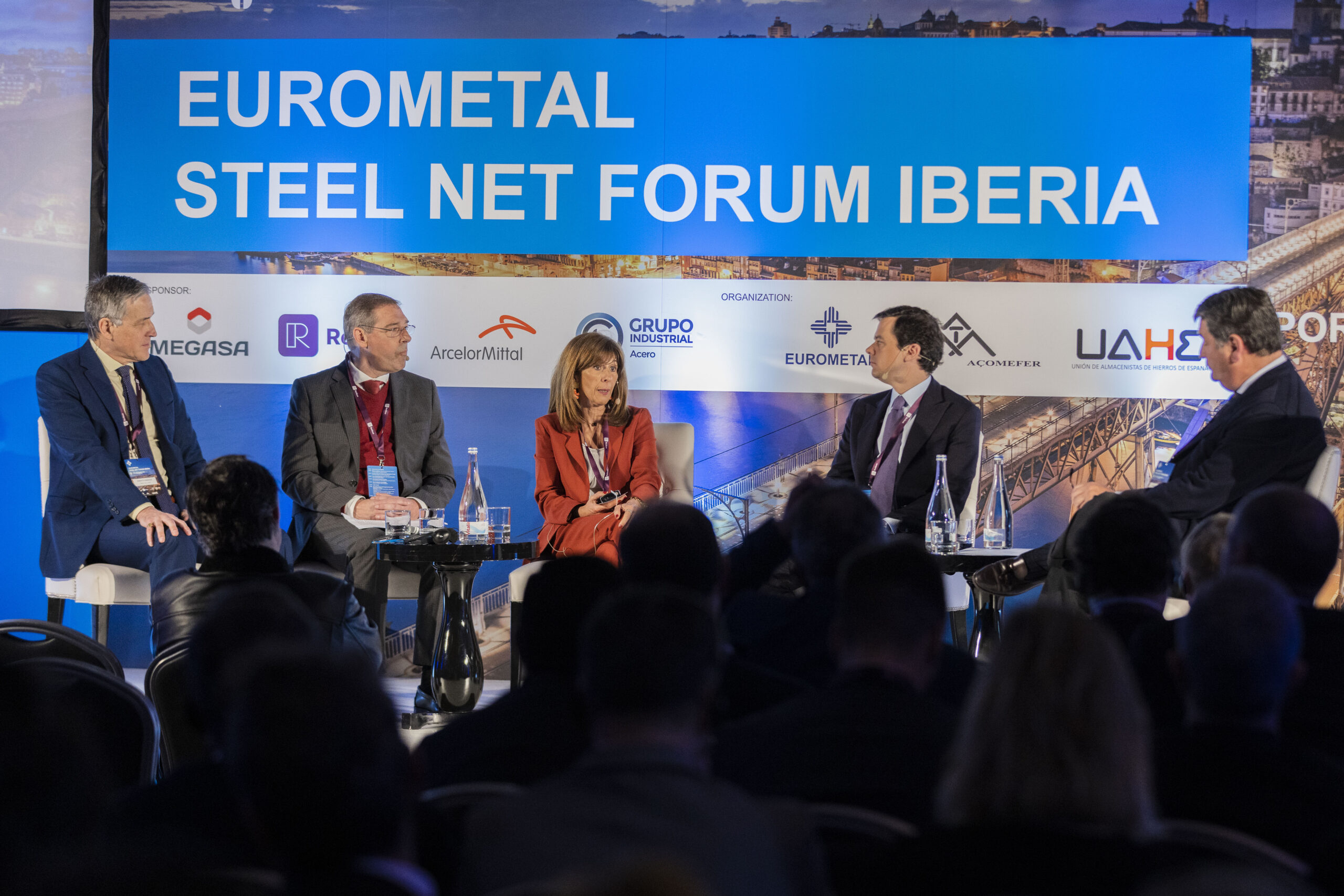
Spanish and Portuguese steel distributor representatives anticipate certain market fluctuations in the following months, but the market should return to “normal”, Kallanish heard during Friday’s EUROMETAL Iberia Steel Net Forum in Porto.
The new economic reality is seen requiring new solutions from both producers and the distribution chain in the Iberian Peninsula. The sector says some old concerns remain, while it faces a challenging scenario amid high energy and transport prices.
“Good management by companies in the face of the challenging economic panorama does not consist only of selling steel, but also of supplying better and innovative services to customers,” commented Paula Correia dos Santos of J. Soares Correia Group. “Steelmakers and stockists in Iberia have a suitable role in the value chain and thus must understand that giving value to customers can guarantee margins.”
According to Manuel Nobre, president of Portuguese steel distributor association Açomefer, Iberian service centres have been gaining stability since the beginning of the war in Ukraine. “In the last 12 months, we understood that the situation is giving us different opportunities in making business with a profit,” he said. The executive believes distributors have enough capacity to supply the market, but current market demand remains conditioned by high costs and reduced investment.
The president of the Spanish Association of Distributors Union of Iron Stockists (UAHE), Roberto González, said the sector is in the stage of adaptation to the “new market reality”.
“Companies in the sector are undertaking an innovation process because the market demands it. The change of mentality and the greater flexibility attract a young workforce in our distribution centres in an era in which digitisation becomes more and more essential. This improves sustainability and profitability of services,” González observed.
Conference participants agreed that the distribution chain is an essential and fundamental link that completes the steel industry, and manufacturers must understand its important role when making their pricing decisions.
“We have been able to restore supplies and maintain the recovery over the past year, but what mills need to understand is that we are not selling less product because we are out of material. We work in a very dynamic environment and it is difficult to estimate how much stock to maintain. The situation is being dictated by high steel offers, together with the growing competitiveness of the market,” a UAHE delegate added from the audience.
Todor Kirkov Bulgaria






